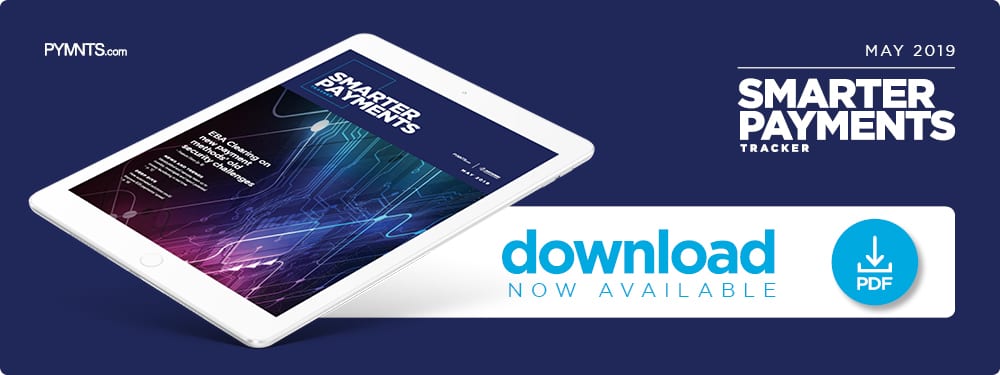Instant Payments Mean Instant Security Challenges, Says EBA CLEARING

European banks have increasingly used faster payments since the November 2017 launch of EBA CLEARING’s RT1 instant payments system. Even as financial institutions (FIs) embrace faster payment rails, though, they face an age-old problem: fraud. Keeping transactions secure can be especially tricky when they are sent, received and verified within just 20 seconds.
Banks, FinTechs and other financial players that wish to adopt instant payments must have the infrastructure to handle their speed and provide the necessary security. But creating and maintaining that level of processing power can be an uphill battle for FIs, according to Erwin Kulk, head of service development and management for EBA CLEARING.
“In an instant payment, the money can obviously move faster. That is something new, but [as for] the risks of the system being hacked, it’s the same for any payment system,” Kulk told PYMNTS in a recent interview.
Instant Payments Security and the Infrastructure Challenge
Approximately 2,300 banks across 19 European countries now use the RT1 instant payments system, Kulk said, and it is also being utilized by 5,000 payment service providers (PSPs). The network has processed roughly 10 million transactions since January, according to EBA CLEARING’s website.
As instant payments’ use rises, though, so does the risk of fraud. Financial infrastructure is built up slowly with barriers to fraud in mind. Such developments take time, and Kulk said FIs must examine the infrastructure challenges posed by faster payments.
“These are infrastructure projects, and infrastructure [doesn’t] change overnight,” he said. “To build the backbone to facilitate [instant payments] – to make sure everyone gets connected to this and then also to the end user – that’s what’s taking time and energy.”
Further developing the faster payments’ infrastructure with the necessary security presents additional hurdles, especially as such systems become more popular. EBA CLEARING is working toward these goals by keeping a close eye on security threats and participating in an industry roundtable with banks and other financial players, known as SMART2.
“There is a [SMART2] subgroup that is analyzing … the specific security and fraud aspects around the usage of instant payments,” Kulk said of the group, which is also working to develop industry best practices and fraud detection recommendations.
Such practices will potentially provide key guidelines for FIs as more banks and transactions are completed on instant payments networks, he noted.
The Future of Instant Payments
Fraud protection and security challenges remain key concerns, but instant payments’ use and demand continue to expand.
“With instant payments, we’re now ramping up quickly,” Kulk said. “And with that … a number of banks have already started to use [the network] for new products, to migrate some of their existing credit transfers to instant payments.”
Security will remain a key requirement for growth as real-time and instant payments proliferate across Europe and other markets. As fraudsters become bolder and begin looking for larger paydays, though, keeping 20-second transactions safe and secure could prove more difficult than it seems at first glance.

